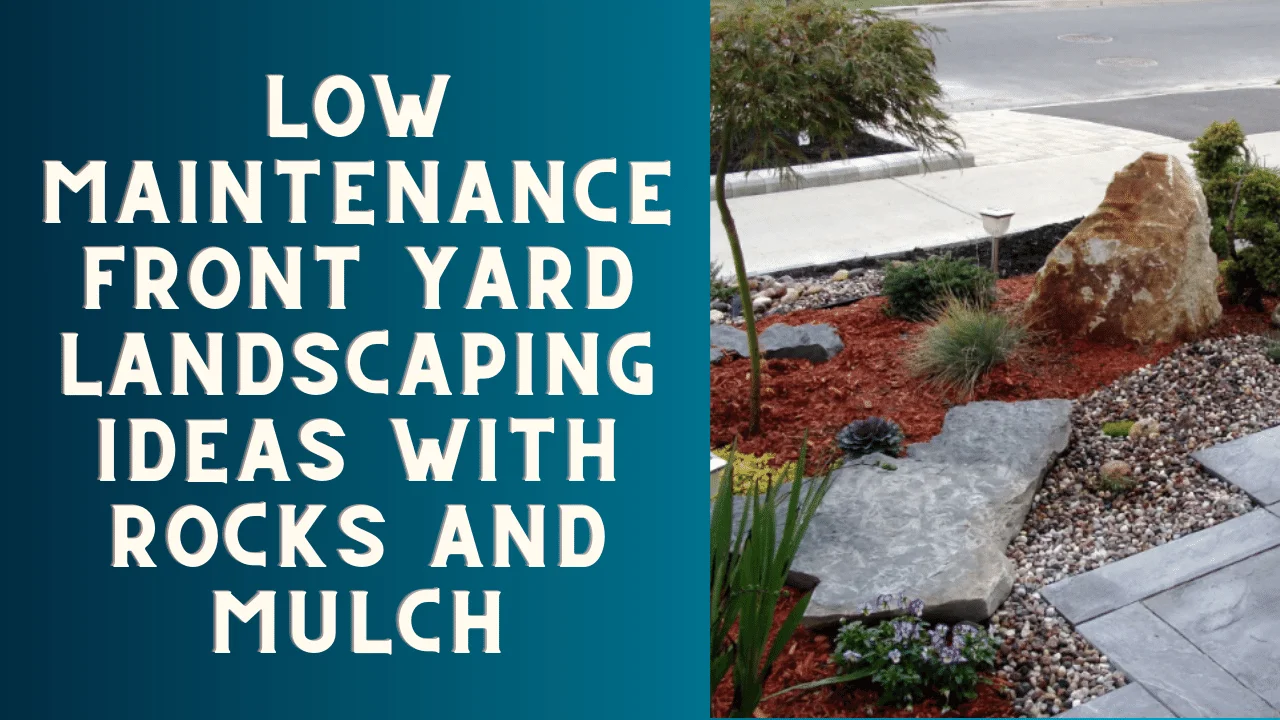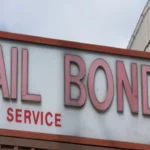Adding rocks and mulch to your front yard landscaping is a great way to improve your home’s curb appeal and create a low-maintenance space. For individuals who want a lovely yard but hate to do the maintenance themselves, this landscaping style is perfect. Homeowners can create a visually pleasing environment while also conserving water and minimizing weed growth by incorporating rocks and mulch.
Choosing the Right Materials
Types of Rocks and Mulch
If you want your landscape to look good and work well, you need to pick the right rocks and mulch. Yards can be visually and texturally varied with the addition of river rocks, pea gravel, and bigger boulders. Bark and cocoa bean shells are examples of organic mulch options that improve soil health; rubber and stone chips are examples of inorganic mulches that last longer without breaking down.
Color Coordination and Design
The aesthetic effect of your landscaping will be greatly enhanced if the colors of your mulch and rocks are balanced. For a dramatic contrast that draws attention to certain parts of your yard, try pairing darker mulch with neutral-colored rocks, or go for a more natural look by pairing softer, earth-toned rocks with mulch.
Sizing and Placement Techniques
It is important that the rocks’ sizes harmonize with those of your yard. Large boulders serve as eye-catching accents in expansive yards, whereas smaller pebbles may be better suited to more compact or intricate spaces. You can guide the eye and designate areas in your garden with the strategic placement of rocks.
Cost-Effective Implementation
Budgeting for Your Landscape
One way to keep costs in check is to know what your materials and design choices will cost. In comparison to mulch, rocks can be rather pricey depending on their variety and place of origin. To avoid going overboard, plan your landscape with a certain budget.
DIY vs. Professional Installation
Even though you can save money by installing it yourself, hiring professional landscapers will guarantee a job well done. Additionally, through their connections in the industry, they are able to provide design insights and source materials at reduced costs.
Long-Term Financial Benefits
By decreasing the demand for water, fertilizers, and pesticides, a rock and mulch landscape can provide long-term cost savings. Less maintenance and repairs will be required in the long run thanks to the long-lasting nature of these landscapes.
Integrating Drought-Resistant Plants
Selecting Suitable Plants
Even less upkeep is possible with plants that are well-suited to your area’s weather and soil. For low-maintenance landscaping with rock and mulch, try succulents, native grasses, and perennial herbs.
Design Tips for Plant Integration
Gardening with plants is a great way to soften the look of sharp rocks and enjoy seasonal color. Make sure the plants will complement the rock features rather than compete with them by thinking about their eventual size.
Irrigation Strategies
To reduce water wastage and maintenance work, efficient irrigation systems like drip irrigation can be concealed under mulch and water plants directly at their roots.
Creating Functional and Aesthetic Features
Paths and Walkways
You can improve the functionality of your yard while also giving it a more dynamic and visually appealing look by paving it with river rocks or pebbles. The walkways can be defined and the surrounding areas can be kept neat by edging them with mulch.
Seating Areas and Decorative Elements
To make your yard more engaging and fun, try using bigger rocks as seats or ornamental sculptures. Mulch areas can either add a gentle background or draw attention to these details with their contrasting textures.
Borders and Edging
If you want to demarcate your flower beds or mark off your property lines with materials that won’t spread mulch into your grass, rocks are a great choice.
Enhancing Eco-Friendliness with Rock and Mulch Landscapes
Utilizing Local Materials
In addition to lowering the environmental impact of material transportation, using rocks and mulch from the area helps local companies. In order to make sure that the landscaping materials blend naturally with the local environment and climate, it is recommended to use locally produced mulch and indigenous rocks.
Promoting Biodiversity
One way to encourage local wildlife and biodiversity is to incorporate native plants into a rock and mulch landscape. You can keep the garden’s ecological balance in check by planting these plants, which are more likely to draw and support native bird species, helpful insects, and pollinators.
Reducing Water Usage
The use of rocks and mulch together greatly decreases soil water evaporation, which is especially beneficial in regions prone to drought. One of the most important parts of living sustainably is reducing water consumption, and this setup drastically reduces that need compared to conventional grass lawns.
Year-Round Interest in Rock and Mulch Landscapes
Seasonal Color Changes
You can keep your landscape looking beautiful all year round by choosing mulch and plants that offer different colors as the seasons change. Use cedar mulch, which turns a silvery gray with age, to spruce up your yard for winter, and plant some deciduous shrubs for fall color.
Textural Contrast
Textural contrasts, achieved by combining different materials, such as bark mulch with smooth river rocks, make a landscape more interesting and eye-catching. You can enhance this textural play all year round by including plants like ferns or grasses.
Nightscaping with Rocks
Your rock and mulch garden can become a breathtaking nighttime attraction with the addition of lighting components. Solar lights, when positioned carefully, can illuminate pathways and draw attention to interesting elements, such as boulders or rare plants, making the area more attractive and safe after dark.
Maintenance Schedule for a Rock and Mulch Landscaped Front Yard
Regular Cleaning
In order to keep the rock and mulch areas looking good and functioning well, it is essential to keep them clean. Take care to clear the area of any leaves or other debris that could collect and provide a breeding ground for pests or diseases.
Mulch Refreshment
Depending on the mulch type, it’s recommended to top off or replace mulch every year or two to keep its benefits. This revitalization aids in the preservation of soil moisture and the suppression of weeds, resulting in a neat and attractive landscape.
Weed Management
Mulch helps prevent weeds from sprouting, but a few may still manage to break through. Weeds can’t take root or spread throughout landscaping if you don’t keep an eye on them and pull them out quickly.
FAQs
What is the best type of rock for a low maintenance yard?
River rocks and pea gravel are excellent for low maintenance yards due to their durability and minimal dust.
How often should mulch be replaced in a rock and mulch landscape?
Organic mulches should be replaced every 1-2 years, while inorganic mulches like stone chips may last much longer.
Can I use synthetic mulch for my landscaping?
Yes, synthetic mulches like rubber chips are durable and low-maintenance but consider their environmental impact before use.
Are there eco-friendly alternatives to traditional mulch?
Cocoa bean shells and pine needles are eco-friendly, biodegradable options that also add nutrients to the soil as they decompose.
How do I prevent mulch from washing away in rain?
Installing edging around mulched areas or using heavier mulches like shredded bark can help prevent washout.
Also Read: Above Ground Pool Landscaping Ideas: Level up Your Backyard
Conclusion
An eco-friendly and low-maintenance option for aesthetically pleasing and practically useful front yards is rock and mulch landscaping. Homeowners can achieve a beautiful landscape that complements their way of life and respects the environment by using eco-friendly practices, selecting the appropriate materials, and keeping to a simple maintenance schedule. Time and money are both saved and the home’s curb appeal is improved with this method, demonstrating that form and function need not be mutually exclusive.

Shannon Reyes is a seasoned writer with a knack for crafting engaging blogs on a variety of service industries, including plumbing, cleansing, moving, pest control, and roofing. With a keen eye for detail and a passion for helping readers navigate complex topics, Shannon brings her expertise to life through informative and accessible content.










